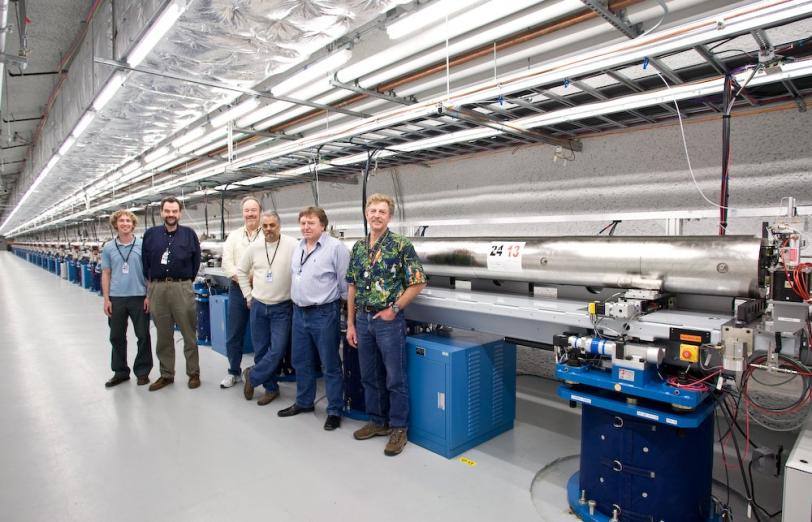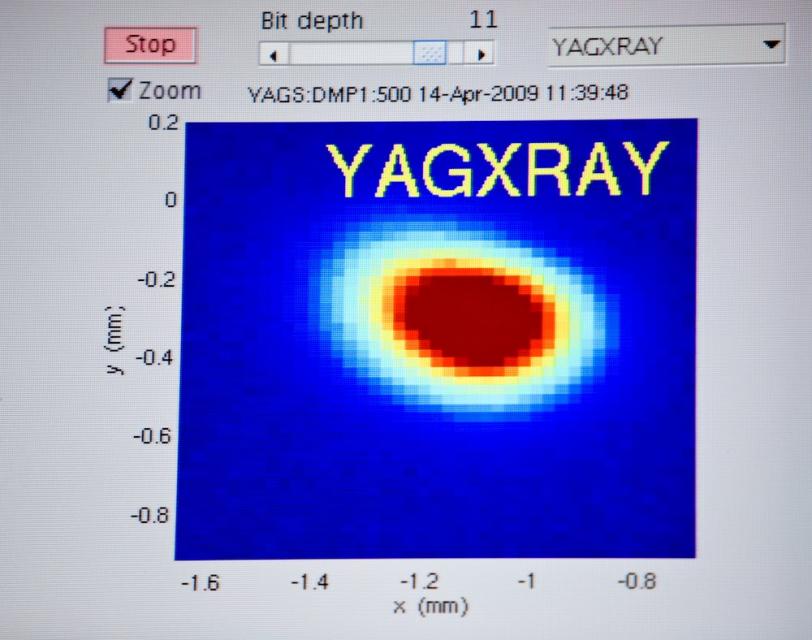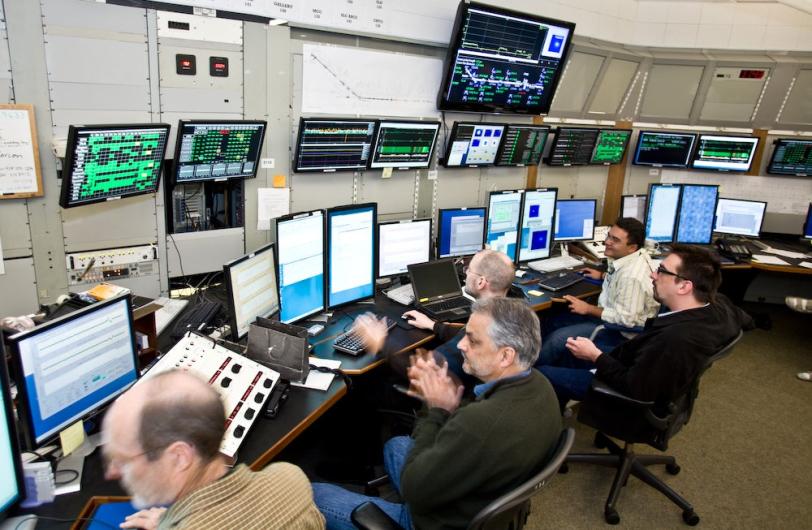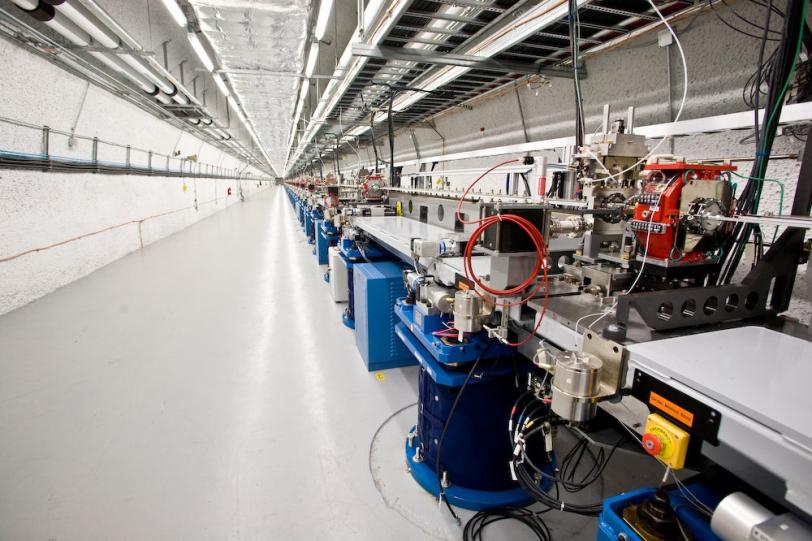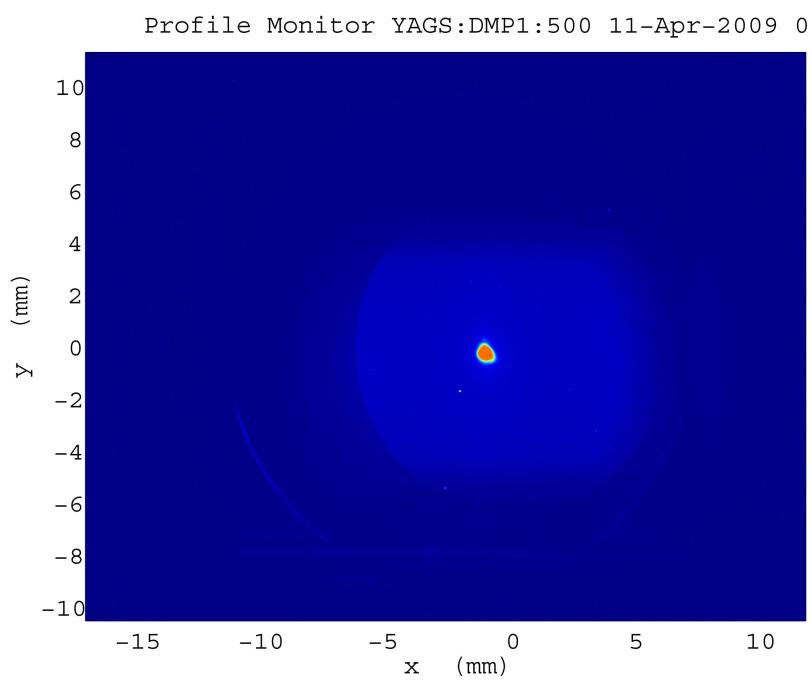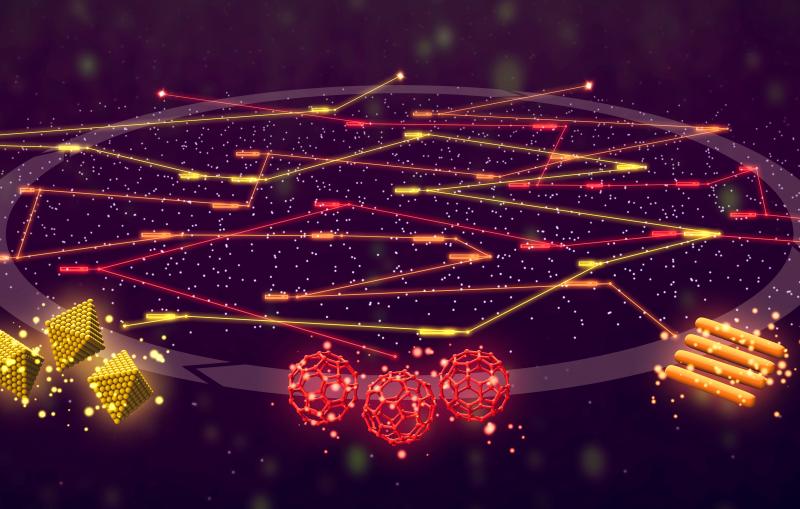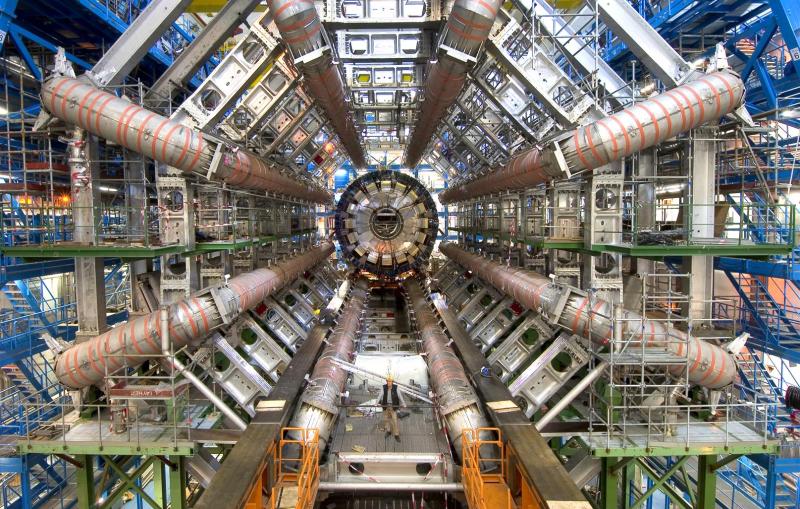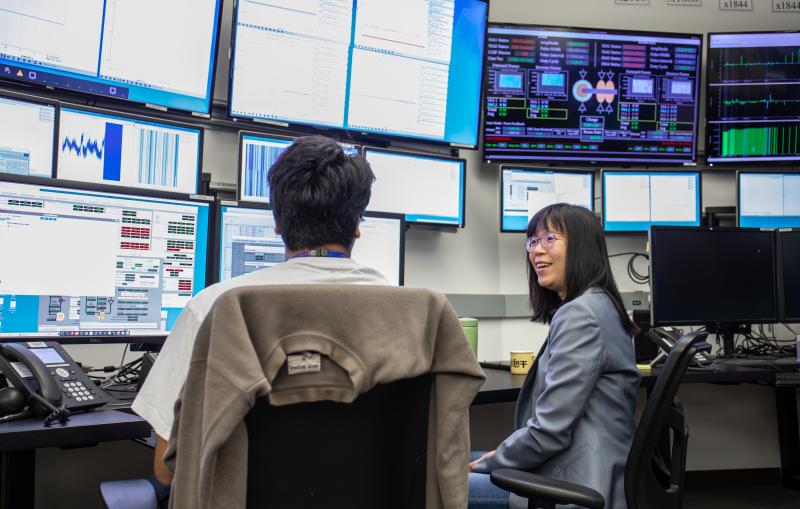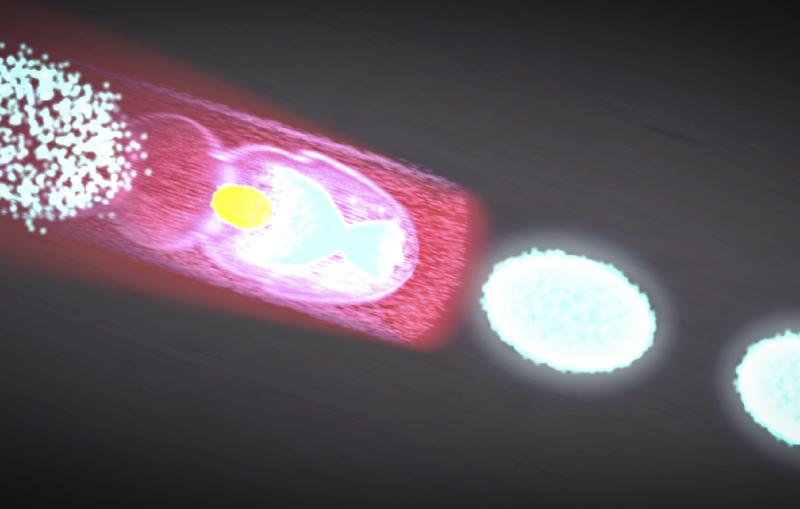Five Years of Illumination: SLAC's Linac Coherent Light Source
Five years ago, the brightest source of X-rays on the planet lit up at SLAC. The Linac Coherent Light Source (LCLS) X-ray laser's scientific and technical progress since its momentous "first light" have been no less luminous, say those who have played a role in its success.
By Glenn Roberts Jr.
On the evening of Friday, April 10, 2009, Claudio Pellegrini, who had proposed SLAC's Linac Coherent Light Source (LCLS) in 1992 while at the University of California, Los Angeles, received an email message from John Galayda, LCLS project director: The pioneering X-ray laser had turned on. His brainchild was born.
"I was eagerly awaiting the news," recalled Pellegrini, now a visiting scientist at SLAC and a research professor at UCLA. His reaction as he read the email at home? Pellegrini raised both arms straight up in the air, smiled broadly and exclaimed, "Great!"
Five years ago, when the brightest source of X-rays on the planet lit up at SLAC, it surprised even its creators with how quickly it produced its first laser beam. The scientific and technical progress since its momentous "first light" have been no less luminous, say those who have played a role in its success.
Among the major scientific milestones are helping to identify a possible new way to combat African sleeping sickness, proving that LCLS can be used to resolve the structure of delicate membrane proteins that are a key target for many modern medicines, and timing the ultrafast on-off electrical switching speeds in materials that could be used in next-generation computers.
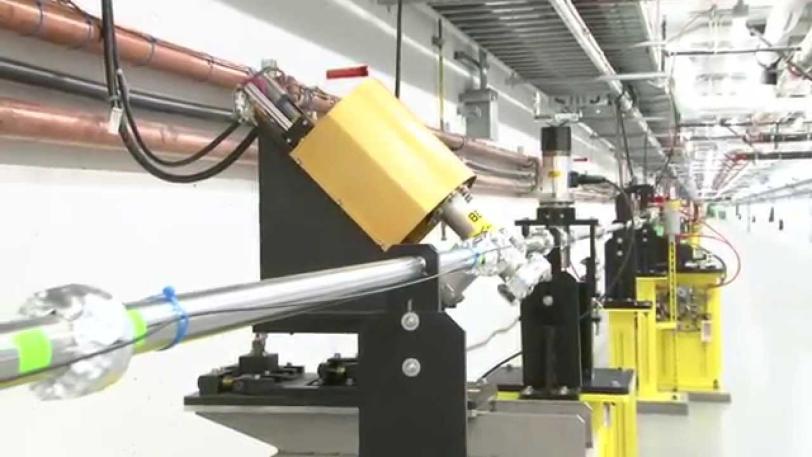
We have a laser: The Launch of LCLS (2009)
"The first lasing of LCLS was something you just don’t even dare to dream of. It's like drilling for oil and hitting a gusher,” Galayda said. He credited the collaboration of SLAC, Argonne National Laboratory, Lawrence Livermore National Laboratory and UCLA for bringing LCLS online, adding, “I hope all the people at SLAC who contributed to both the physics and operational success of LCLS recognize what they have done.
“LCLS is a fountain of new beam physics and new science opportunities that will play out over the next decades at SLAC."
Joachim Stöhr, the former LCLS director who conceived of early LCLS experiments nearly a decade before it was built and years before his arrival at SLAC, said, "From a scientific perspective, LCLS has lived up to our early dreams – and beyond. The hands-down winner of the early LCLS science race is biological crystallography and imaging" – the ability to study the structure of proteins using tiny crystallized samples.
Integral to this was proof that LCLS can produce quality images of tiny samples in the instant before they are destroyed by the X-ray pulses. Stöhr also noted that LCLS, coupled with other powerful lasers, has proven useful in studying exotic states of matter and never-before-seen effects because of its intense ultrashort pulses.
Laser Vision
It was Pellegrini's vision to use the powerful electron beam produced by SLAC's linear accelerator to generate X-rays for a free-electron laser. A series of powerful magnets, known as an undulator, wiggle the electrons and stimulate them to emit X-rays.
SLAC's Paul Emma, an engineering physicist who led the LCLS commissioning and is now researching next-generation X-ray laser technologies, was part of the team stationed at SLAC's Main Control Center that watched for the first signs of X-ray light at LCLS.
Emma recalled the cautious anticipation in the control room as the team ran through a checklist, methodically switching on individual undulator sections.
In the early stages, a small, dark spot appeared in the center of one of the display screens that Emma was monitoring, indicating signs of X-ray light traveling through the undulator. "That got us a little excited," he recalled, but it wasn't convincing enough; "We wanted to make sure we knew what we were looking at," he said.
After about 12 sections were brought online, the X-ray light was "undebatable," he said. The small point on the screen flared up in vivid colors. "We were awfully lucky to get such a strong signal" even before the entire chain of magnets fired up, Emma said. Anticipation turned to celebration.
The commissioning process – bringing the LCLS laser online, which for projects so large and unprecedented could be expected to take days and even weeks – had succeeded in its first day.
Beating Expectations
The extreme brightness of LCLS pulses, eclipsing previous X-ray sources by billions of times, was a landmark achievement, opening new avenues for scientific exploration at the atomic and molecular scale, and LCLS has consistently outperformed its design goals.
Pellegrini said, "Everything has worked a little bit better than expected. The jump in brightness on this magnitude was remarkable. The flexibility has continued to improve." For example, SLAC accelerator specialists have steadily expanded both ends of the energy range that LCLS can achieve for experiments. "People are trying to do with LCLS what has been done with conventional lasers, but at new extremes that X-rays bring within reach," Pellegrini said.
LCLS is particularly useful for studying matter in natural conditions. Biological proteins, for example, can be studied at temperatures and in surroundings that mimic those found in the human body.
"Living matter, and a lot of interesting things we measure, are not in an equilibrium state. They tend to evolve," Pellegrini said. "The universe is a dynamic universe." LCLS allows researchers to directly view and measure ultrafast changes, and to watch their progression.
Scientists using LCLS have racked up about 240 scientific publications and 6,500 citations since its momentous launch. Among the other significant, stage-setting scientific results from LCLS experiments:
- Proving that LCLS can be used to study tiny crystallized proteins and giant viruses.
- Recreating cosmic phenomena to help solve a mysterious mismatch between space observations and theory.
- Creating "hollow" atoms by selectively ejecting atoms' inner electrons using specially tuned X-ray laser pulses.
A growing number of experiments are tapping new technical capabilities, too, like beam-sharing to divide X-rays for simultaneous experiments, techniques that produce higher-peak-power pulses in a narrow range of X-ray colors and produce closely bunched X-rays in different colors, and sophisticated diagnostics to better gauge laser pulse properties.
Uwe Bergmann, interim director of LCLS, said, "Since lighting up ahead of schedule five years ago today, LCLS continues to impress with its outstanding scientific contributions and ever-improving technical capabilities. It remains in very high demand by the international community of scientists, and is paving the way for revolutionary new X-ray science as more of these machines are preparing to turn on around the world."
SLAC is a multi-program laboratory exploring frontier questions in photon science, astrophysics, particle physics and accelerator research. Located in Menlo Park, California, SLAC is operated by Stanford University for the U.S. Department of Energy Office of Science.
SLAC’s LCLS is the world’s most powerful X-ray free-electron laser. A DOE Office of Science national user facility, its highly focused beam shines a billion times brighter than previous X-ray sources to shed light on fundamental processes of chemistry, materials and energy science, technology and life itself. For more information, visit lcls.slac.stanford.edu.
DOE’s Office of Science is the single largest supporter of basic research in the physical sciences in the United States, and is working to address some of the most pressing challenges of our time. For more information, please visit science.energy.gov.
